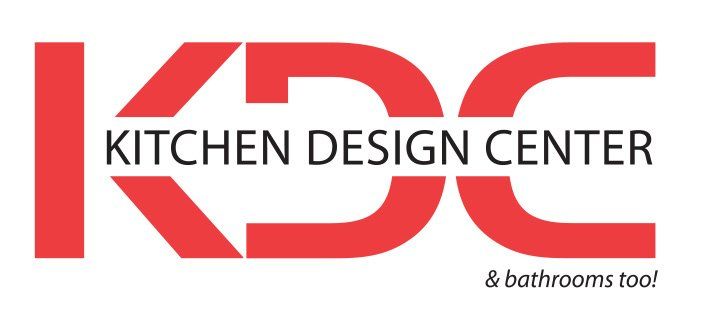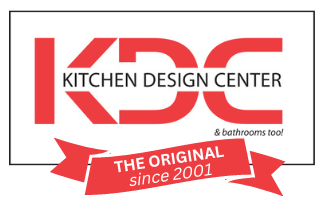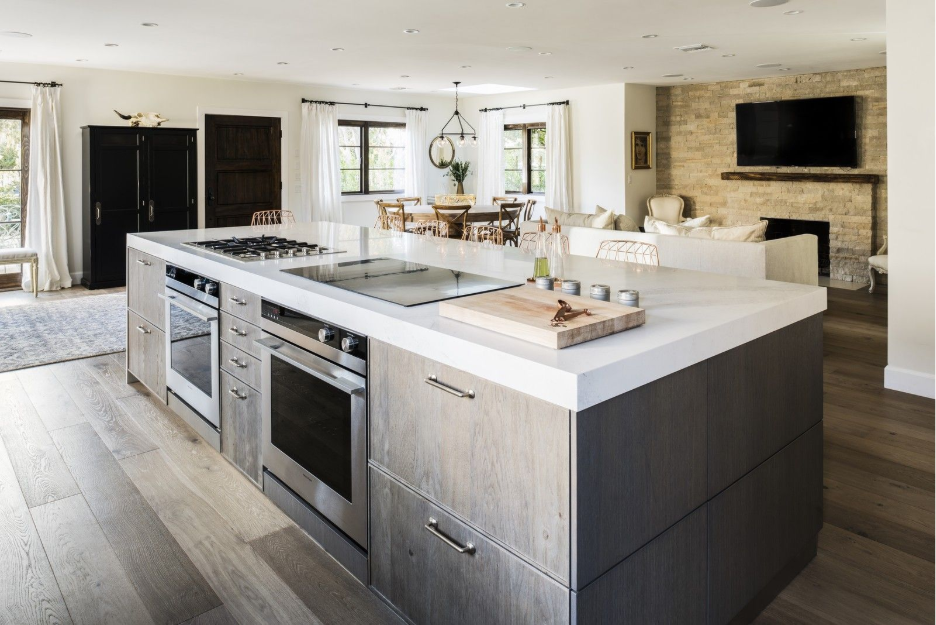
A kitchen remodel is one of the biggest investments a homeowner can make. But here’s the reality: a beautiful kitchen that doesn’t function well can cost you far more than you realize—financially, emotionally, and even socially. At Kitchen Design Center (KDC), we’ve seen homeowners spend thousands on stunning kitchens, only to realize a year later that the layout drives them crazy, cooking feels like a chore, and family time in the kitchen doesn’t happen the way they hoped. Why? Because many designs focus on how a kitchen looks rather than how people actually live in it. The result is what we call the “hidden costs” of bad design—frustration, wasted time, higher stress, and sometimes even lower home value. Today, we’re uncovering those hidden costs and showing you how smart, psychology-informed design can help you avoid them.
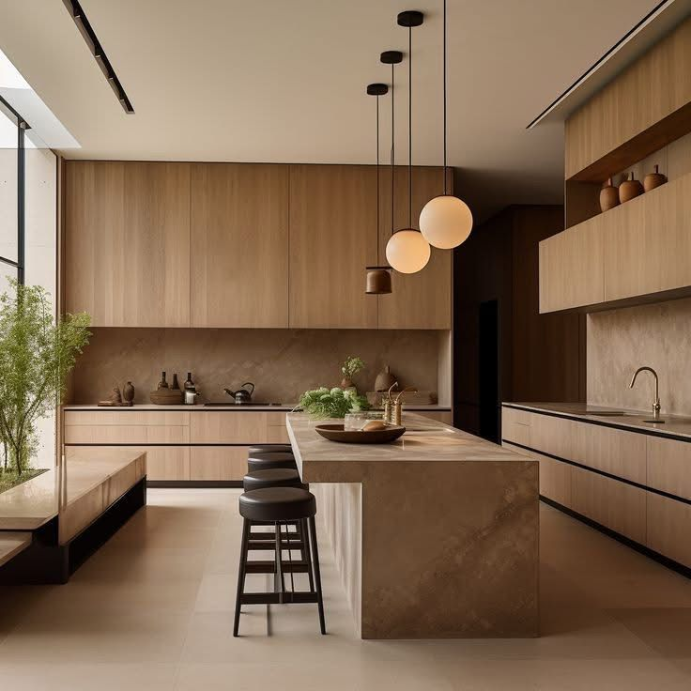
The kitchen has always been the heart of the home—but in 2026, it’s evolving into something even deeper: a space where design, technology, and well-being intersect. The best kitchens now do more than serve meals—they support daily rituals, creativity, and emotional wellness. At Kitchen Design Center (KDC), we believe trends should enhance how people live, not just how their homes look. Our approach blends design intelligence, behavioral psychology, and timeless style to create kitchens that are beautiful, functional, and built to last. Here are the top kitchen design trends for 2026—and why they work both aesthetically and psychologically.
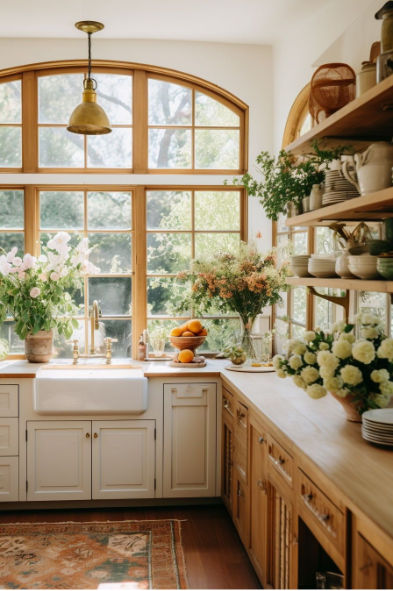
Imagine walking into your kitchen first thing in the morning. The coffee station is in the perfect spot. Sunlight falls exactly where you like to stand as you cook breakfast. Everything feels easy, natural, even comforting. That’s not an accident. Kitchen design is about much more than cabinets and countertops— it’s about shaping daily experiences and creating a space that feels right on a gut level. At Kitchen Design Center (KDC), we’ve seen how the right layout can change the way families gather, how lighting can make a space feel alive, and how design choices can impact everything from cooking habits to connection. Today, let’s explore how the psychology of design works in the kitchen—and how it can help you create a space that truly fits your life.

